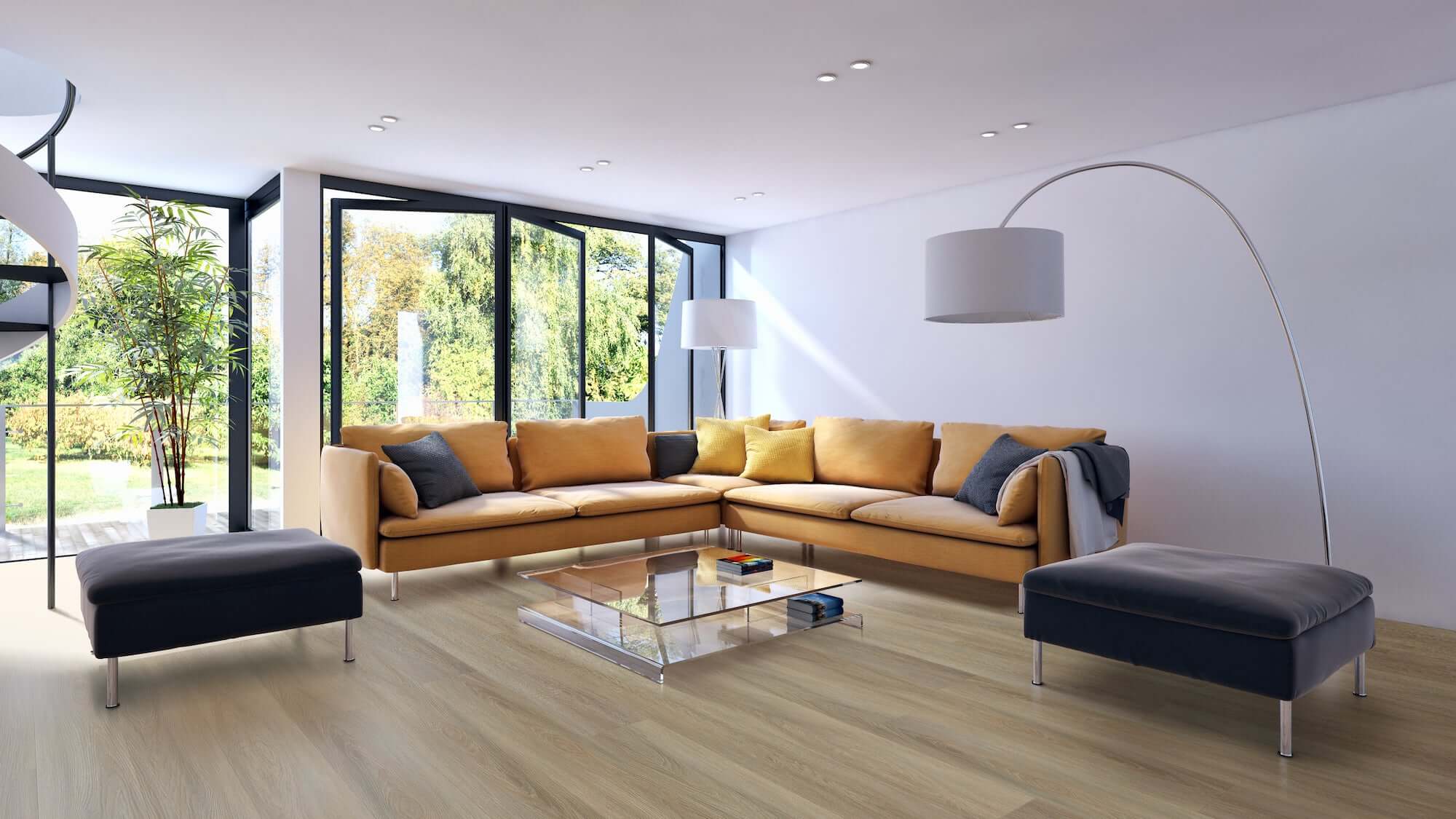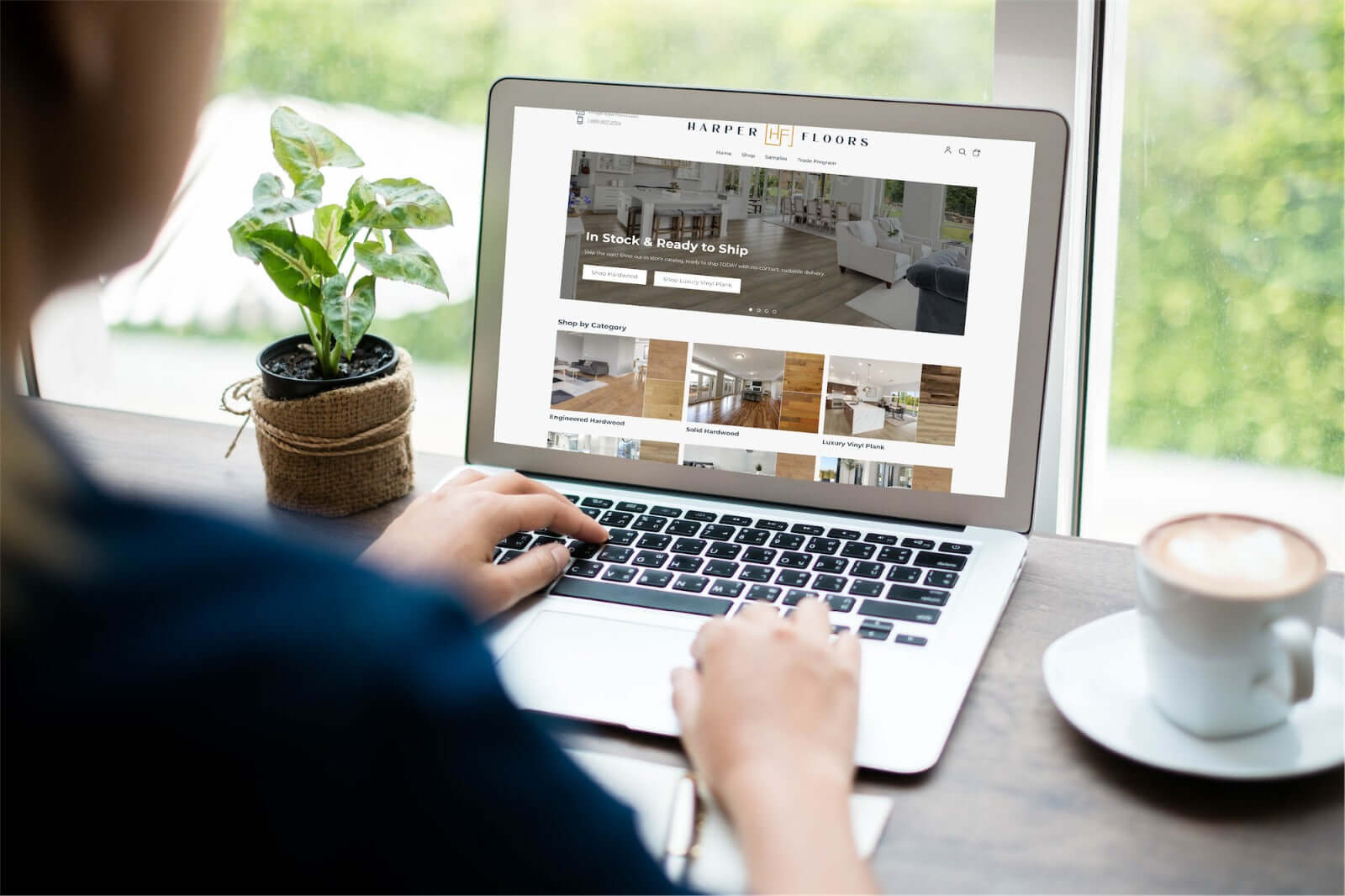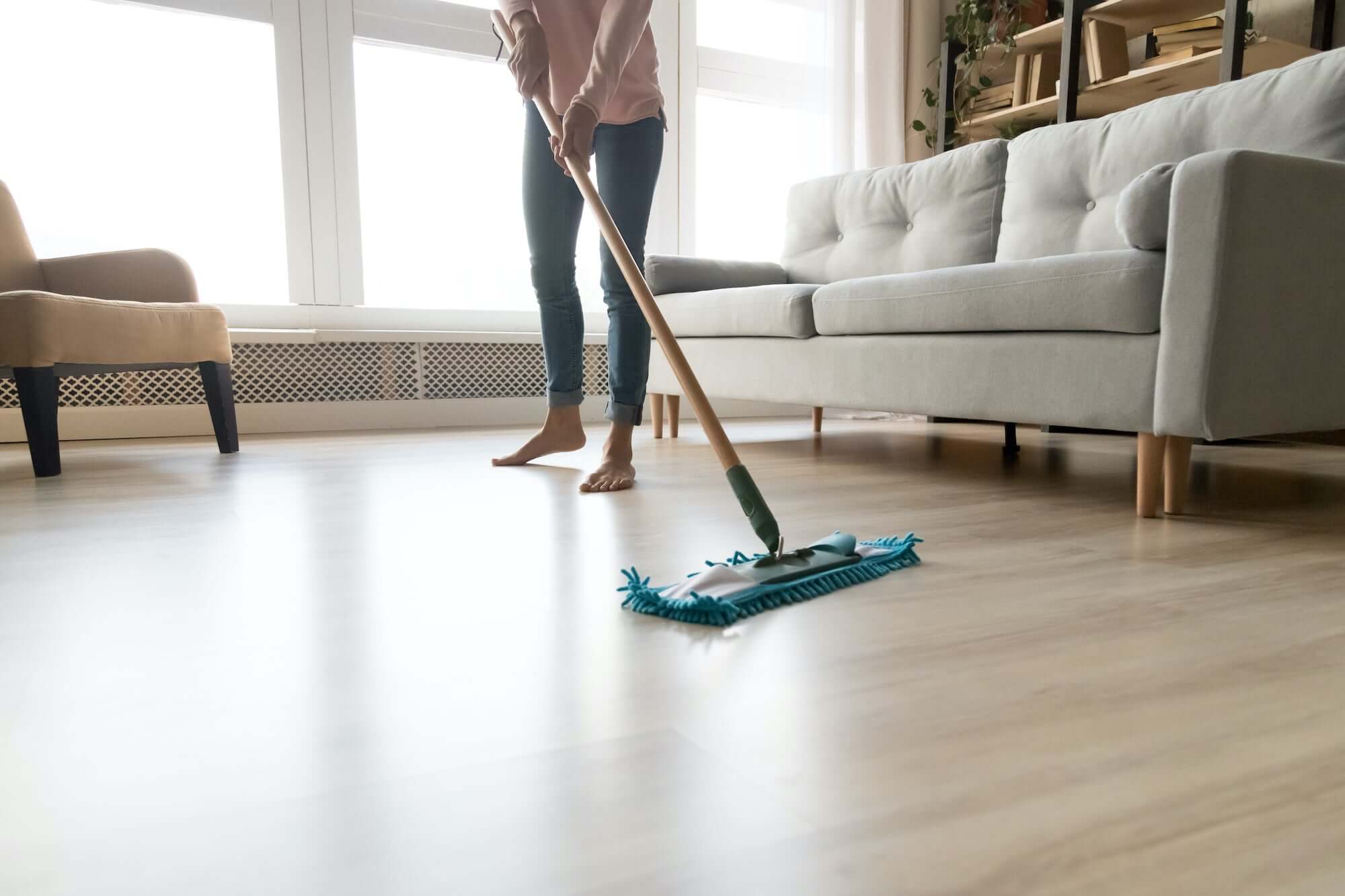
How to Choose your Wood Floor Color
Renovation projects involve numerous decisions from picking out new floors, to paint color, cabinetry, furniture, and more. Subtle interplay between design elements and differences in tone and texture will impact the way a space comes together.
When it comes to picking out your wood floor color, follow our quick guide to choosing a color that fits your taste and lifestyle needs, while complementing new and existing pieces.
1. SHADE: LIGHT OR DARK

The first step is to decide whether you want a light (or neutral) or dark color shade. Light floors create a feeling of spaciousness and are typically considered modern, perfect for pairing with mid-century modern pieces and minimalist design elements. While there is no real advantage of light versus dark, one noteworthy characteristic is that light floors actually shows scratching less than dark floors do.
While there is no real advantage of light versus dark, one noteworthy characteristic is that light floors actually show scratching less than dark floors do.
Dark floors on the other hand are bold and dramatic. Traditionally, dark floors were often paired with ornate design elements like crown moldings and intricate rugs. Recently, dark floors have also become popularized in ultra-contemporary homes paired with neutral walls and bright furniture pieces.
Now, it's common to hear people saying dark floors will make your room look smaller since it absorbs light and encloses a space. However, there are ways to incorporate dark floors into a project that will actually make your space look larger, such as contrasting dark floors with light colored walls, or a light colored rug.
...make your space look larger, such as contrasting dark floors with light colored walls, or a light colored rug.
Floors are part of a bigger picture and when choosing between light and dark color shades, evaluate against the other design elements you're considering.
2. UNDERTONES: WARM OR COOL

Whether you're shopping for floors online or in store, it is crucial to obtain samples to test and evaluate them at home. Undertones of floor colors may vary depending on the amount of natural and artificial light in your space, and are also difficult to depict on screen. Yellow and red shades will naturally have warmer undertones while grey and charcoal shades tend to have cooler undertones. Brown shades can go either way.
...crucial to obtain samples to test and evaluate them at home.
Assess your samples during the day as well as at night, under both natural and artificial light, to see how the undertones interact with the rest of your space. What's key is creating a sense of balance. Hardwood species such as Acacia and Teak with warmer undertones pair sensibly with neutral walls and furniture pieces, while styles with cooler undertones offer a bit more flexibility when coordinating with your walls and other design elements.
Assess your samples during the day as well as at night, under both natural and artificial light, to see how the undertones interact with the rest of your space.
3. SURFACE: SMOOTH OR TEXTURED

Wood floors come in a variety of textures, from smooth, to handscraped, to wirebrushed and embossed. When it comes to the texture of your floors, it may depend on your lifestyle and how much daily care and maintenance makes sense for you.
When it comes to the texture of your floors, it may depend on your lifestyle and how much daily care and maintenance makes sense for you.
Textured surfaces are better at hiding dirt and dust, and accidental damages and dents. Smooth, satin finishes are more likely to present surface scratches, however are easier to sweep and mop. For our pet loving households, we recommend textured, light colored floors, which will be less prone to blemishes from pet claws. For busy households, smooth, dark colored floors require more sweeping as dust will be more apparent.
Above all else, choosing your wood floor color is about what feels right for you in your space.
Our biggest tip when making your decision is to take the time to fully evaluate and test your samples. Review them over a couple of days in the space that your floors will be installed in, and try to have fun with it!
We’re here to answer any questions you have as you’re doing so and once you’re ready to make your selection, our team will take care of the rest.



